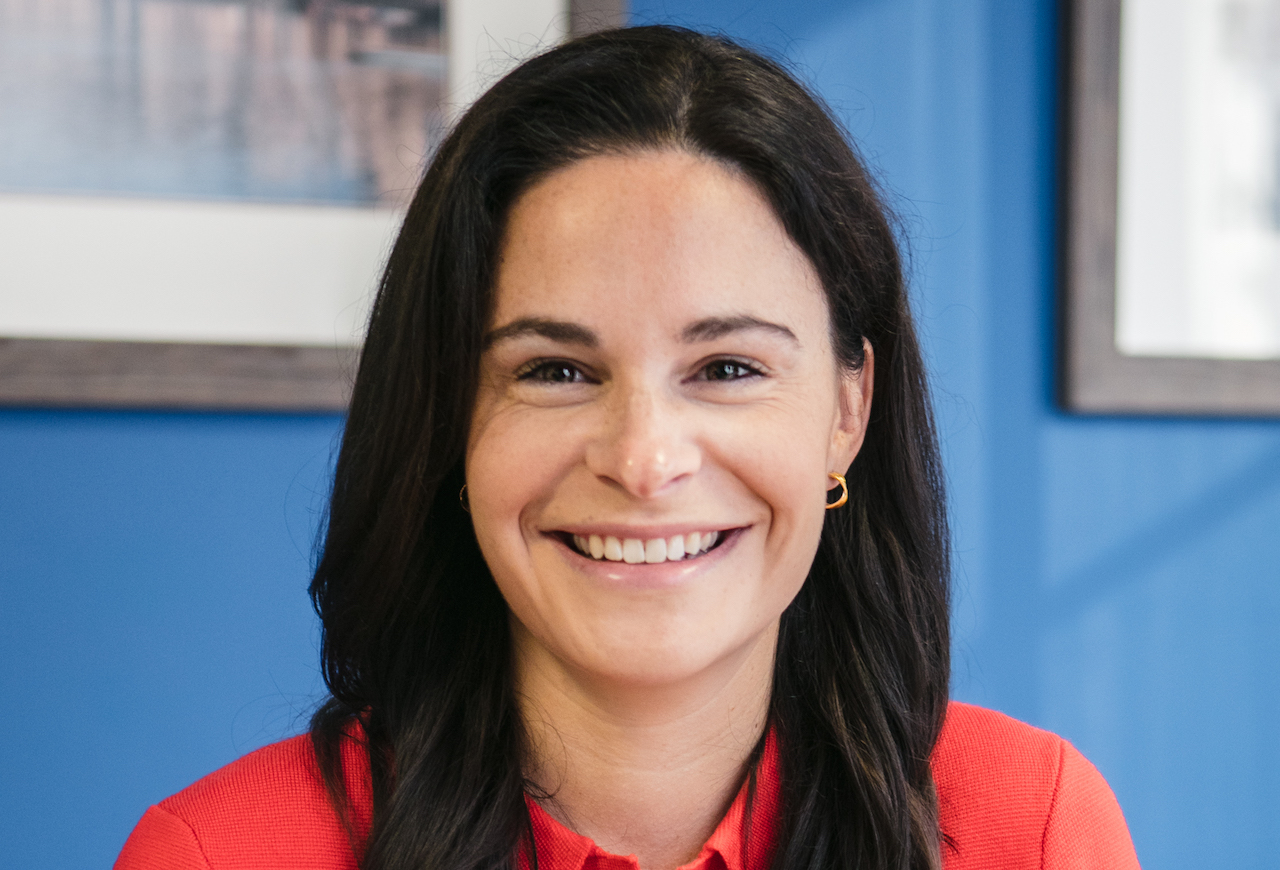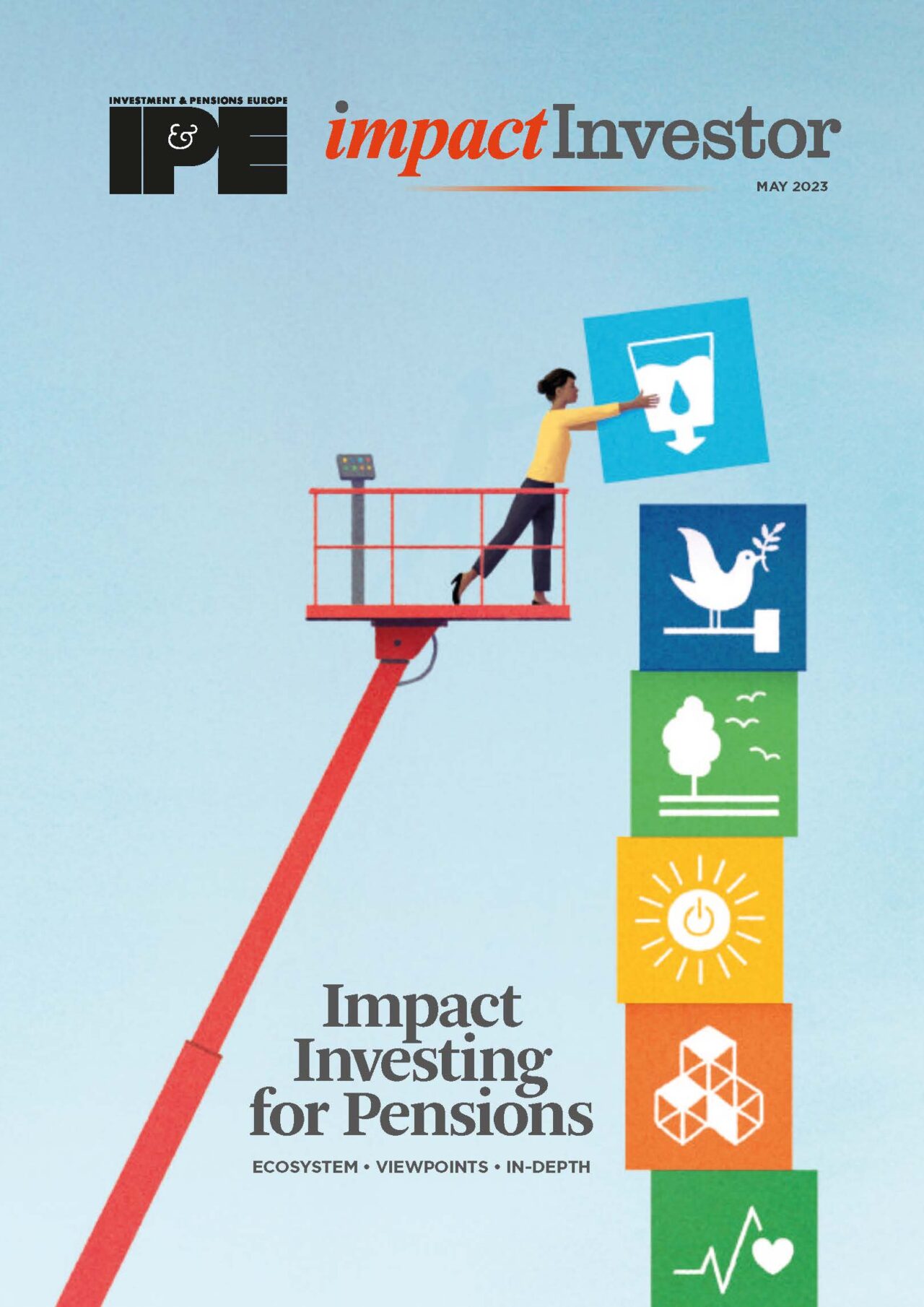Asset managers must get to grips with the complexities of
impact measurement and management, as investors seek greater transparency over sustainable investments.

Impact measurement and management (IMM) has become increasingly sophisticated over the last decade, driven by growing interest in impact investing and the need to address more stringent sustainability reporting requirements from regulators.
Once a concern mainly for dedicated impact investment institutions and boutiques, impact investing is gradually going mainstream, and there is no shortage of pension funds and big asset managers bulking up their teams by taking on specialists to understand not just impact investment opportunities, but how to navigate the increasingly complicated world of IMM.
Impact measurement is most straightforward when applied to goals that have a relatively simple numerical outcome, such as the amount of carbon emissions reductions achieved or targeted by companies across an investment portfolio. It gets a lot harder when multiple variables are involved, as is the case in measuring biodiversity improvements, or the main indicators centre on difficult to quantify social impacts such as improvement in wellbeing.
It gets more complicated still when impact needs to be measured across an entire value chain. Even carbon emissions are challenging to measure accurately across the multiple tiers of a global supply chain for a food manufacturer, for example. On top of all this, different companies may measure similar impact using different metrics, making their strategies difficult for investors to compare.
Despite the complexities, IMM is a challenge the industry must address as the importance of targeting sustainability and impact rises up the agenda for investors.
Jonathan Dean, head of fund management for the impact private equity platform at AXA IM alternatives business unit, says that ten years ago investors in the then-fledgling impact investment sector tended to select on the basis of a fund manager’s financial track record, rather than looking at impact measurement, which was, in any case, limited and inconsistent between players.
“Now, as the impact investing industry is more mature, impact measurement has become an important selection criterion, as people have more choice, and that’s why we’ve seen the market develop quite rapidly,” he says.
Platforms proliferate
IMM platforms are being developed by international bodies working closely with the impact investment industry, to provide principles and standards to which companies can adhere.
The Operating Principles for Impact Management (OPIM), launched in 2019 under the auspices of the International Finance Corporation, have been a pillar of these efforts. The OPIM secretariat was transferred from the IFC to the Global Impact Investing Network (GIIN) in 2022.
The Impact Management Platform (IMP) is a collaboration between providers of standards, frameworks, tools, and guidance for managing sustainability impacts, including the IFC, the United Nations, Principles for Responsible Investment (PRI), B Lab, and the GIIN.
The GIIN’s IRIS+ impact measurement accounting system has become a key repository of information, with over 30,000 users, including financial institutions, consultants and companies. Initiatives such as BLab’s BCorp programme are also playing their part by providing certification to companies demonstrating high social and environmental performance.
The external validation required when companies sign up for some of these initiatives is seen as pivotal to making impact measurement more effective as a tool for investors.
Diverse methodologies
At present, much reporting on impact measurement is voluntary, uses a wide variety of methodologies and is difficult to compare across the market, despite industry-wide collaboration to move to more standardised terminology and more compatible approaches.
What fund managers are prepared to reveal to investors about impact measurement can also feel nebulous, especially for more subjective criteria such as social impact. Saying that a strategy “improves thousands of lives” doesn’t say much about the overall impact on individual lives or the local economy, for example.
“Major investors have always found social impacts more challenging than climate change because a carbon emission is a carbon emission, whether it’s in India or the UK. But what constitutes a decent job and its wider impact looks very different in India to the UK,” says Sarah Teacher, joint interim CEO of the London-based Impact Investing Institute.
“Thankfully, there are increasing efforts to effectively measure and manage social impact. In the UK, for example, the Department for Work and Pensions set up a cross-department Taskforce on Social Factors, which is identifying data to enable pension schemes to assess financially material social risks and opportunities when making investment decisions,” Teacher adds.

Players may also tailor their measurement framework to show off their existing investment strategies in the best light, rather than toughening up their strategies to adopt a more impactful approach.
“Managers often choose frameworks based on what suits them. So it will be a proprietary framework, or they’ll choose a framework based just on the particular SDGs that fit with their strategy,” says Charlotte O’Leary, CEO of UK-based Pensions for Purpose, which encourages impact investing by pension funds and other asset managers.
“Of course, there are some managers out there that are impact first and are genuinely looking to align them-selves on a revenue basis to the SDGs, for example. That starts to give you a better measure of what they’re doing,” she adds.
Pension fund opportunities
More detailed IMM data should also help pension funds overcome any reluctance to consider impact investing due to concern over whether the perceived trade-off between financial gains and impact clashes with their fiduciary duty to their stakeholders to generate given returns.
Pensions for Purpose commissioned research from legal experts published in 2020, which concluded that in the UK, so long as a fund was comfortable with fulfilling its fiduciary duty by making the required returns across its portfolio, there was no reason not to carry out impact investing.
O’Leary says a lot of impact funds now have a track record showing the sort of performance that a pension fund wants to see, but that, in any case, waiting for total clarity on impact measurement for investments is not an option.
“Don’t let perfect be the enemy of good. we are going in this direction this is happening, whether people like it or not, and the best thing to do is to start the process and accept the data is not always going to be perfect. It’s better to understand where the market is moving and get ahead than be left behind,” she says.
ISSB framework welcomed
The creation of the International Sustainability Standards Board (ISSB) to provide a framework for sustainability reporting by business is seen as step in the right direction in terms of making IMM more relevant to investors.
The ISSB is overseen by the IFRS Foundation, which has established a respected track record through its management of the International Accounting Standards Board (IASB), which provides accounting standards adopted around the world.

“With the ISSB, I think we are getting nearer to requiring companies to produce information that is useful for investors’ decision-making – which is also the role of accounting standards,” says Olivia Prentice, head of impact at Bridges Fund Management.
In 2022, the ISSB released proposals for reporting principles for all sustainability-related themes, but with more detailed proposals for climate, as these could be built on a framework already established by the Task Force on Climate-Related Financial Disclosures (TCFD) and were seen as being most urgent by stakeholders. The first standards are scheduled to be unveiled by June 2023, with the intention of making them effective from January 2024.
The EU is also developing sustainability reporting standards (ESRSs), which embrace a wider range of stakeholder interests than the ISSB standards. While the ISSB proposals are focused on the requirements of investors and lenders, the ESRSs also embrace the demands of regulators, customers, suppliers, employees, and local communities. The ISSB and the EU are currently working to improve the inter-operability of their standards and help companies understand where they intersect.
Call for flexible approach
Erin Leonard, head of sustainability at HSBC Asset Management, says flexibility is a key to the success of voluntary impact reporting frameworks.
“Flexibility in frameworks is important because first of all, if you make them too hard at the outset, then people won’t use them. Another point about frameworks is that if you make them overly prescriptive, they can have unintended consequences,” she says.
Those consequences might include ruling out investment in renewable energy by a company which also has fossil fuels interests, for example.
“I think what we’ll see in the future is asset managers using common frameworks to develop their own approach. I think asset managers will have proprietary models. We’re certainly developing proprietary models and methodologies in order to fit within the frameworks,” she says.
EU’s SFDR confusion
Confusion over definitions in the EU’s Sustainable Finance Disclosure Regulation (SFDR), currently being rolled out, have underscored the difficulties in producing workable reporting frameworks.
The SFDR is designed to reduce the scope for greenwashing in the market for sustainable investment products by setting out the rules on how green funds should be classified within the EU’s sustainability taxonomy. But uncertainties over what constituted a sustainable investment under the regulation led to most large asset managers removing a swathe of funds from Article 9, SFDR’s greenest classification for sustainable investments. For example, in November 2022, Amundi, Europe’s largest fund manager said it would reclassify nearly all of its Article 9 funds.
In mid-April, the European Commission issued further guidance on SFDR classification, stressing that the central objective of Article 9 funds must be sustainable investment, but that no single methodology was prescribed under SFDR to account for sustainable investments.
This article is part of the editorial content of the Impact Investing for Pensions report. You can download a digital copy of the report here.






